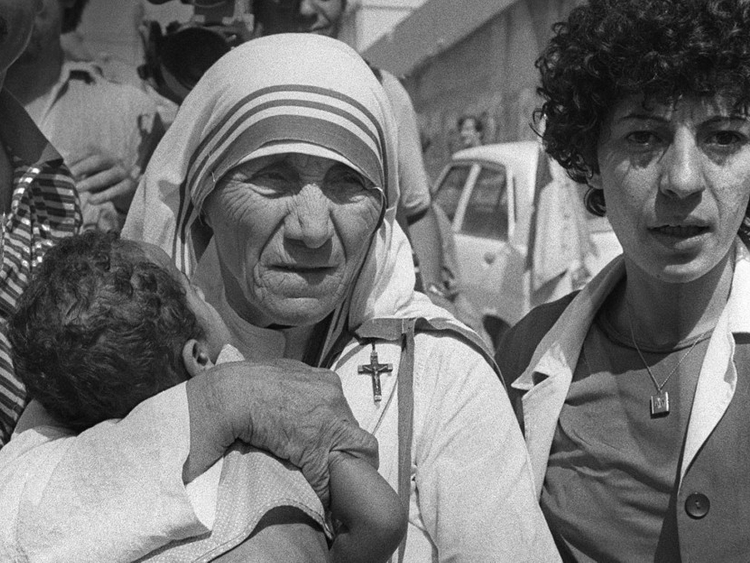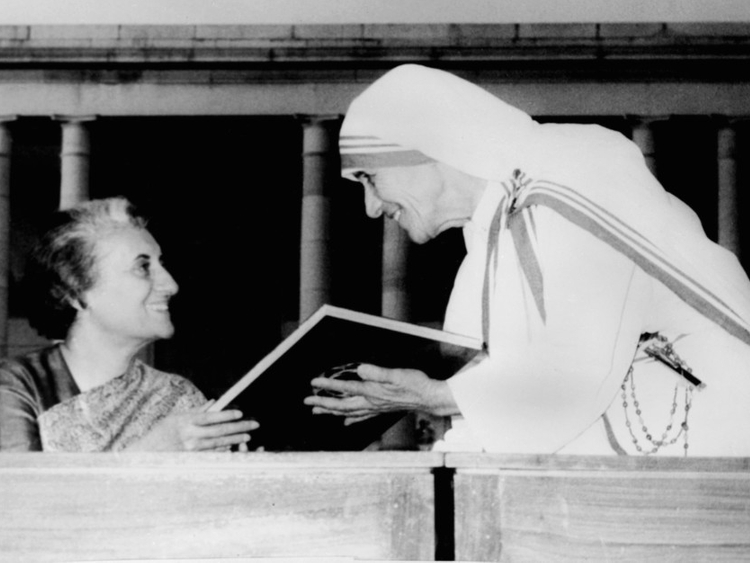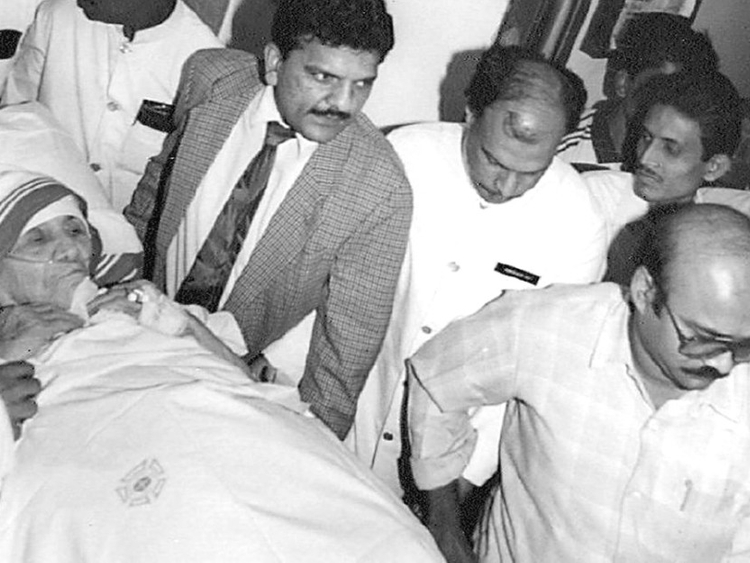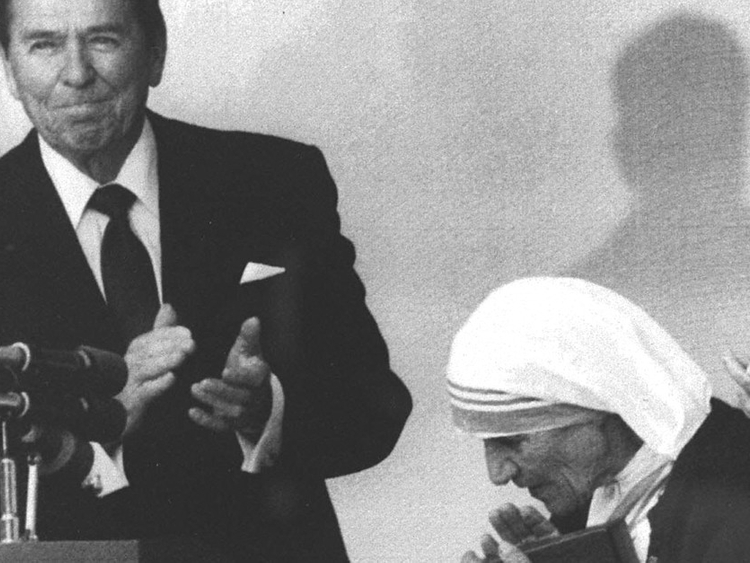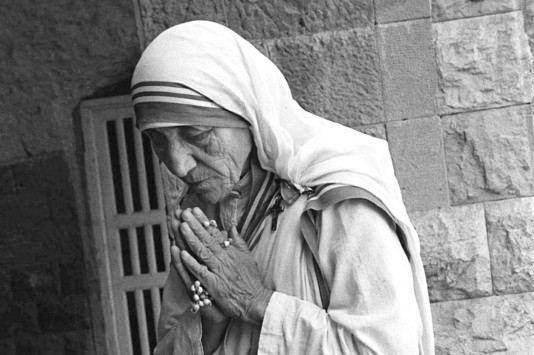The story goes back to sometime in 1995. Sixteen-year-old Shahida Khatoon lay on the streets of central Calcutta (Kolkata), her body covered in burns, maggots eating into her festering wounds.
She symbolised a strange apathy that ran through a city known to have a heart. The apathy was almost alien, chilling. People walked past, saw her in extreme pain, but did nothing. Shahida lay there for weeks, a few hundred feet from the municipal head office. Every day, she took one step towards death. Every day, she lived through extreme pain in the heat and humidity of Calcutta.
Shahida was married young to a fruit-seller. A pavement dweller, she was cooking on a stove, cradling her young baby. She was about to get up when the baby slipped out of her hand and was falling into the fire. Shahida’s maternal instincts were strong.
She jumped into the fire and saved her baby, suffering third degrees burns all over her body. No hospital would admit her. Private hospitals demanded money her husband did not have. Government hospitals did not want to take her in.
But then hope dawned. Sisters and volunteers from Mother Teresa’s Missionaries of Charity heard about Shahida’s suffering and said they would look after her. True to their word, they arrived in an ambulance and gently loaded the young mother into the vehicle.
For the next two hours, they drove the girl across the congested, potholed streets of Calcutta, from one Missionaries of Charity home to another. Shahida winced as the ambulance was buffeted by the roads serrated by the monsoon rain.
Hope deserted Shahida. She was brought back to the same pavement and left there.
So the stories about Mother Teresa were true? Wasn't she nothing but a publicity monger who could play the Western media like a violin, get her funds and then help needy Christians only?
Mother Teresa, some said, provided the ideal retreat for tourists looking for salve for the soul. They came with troubled hearts, did volunteer work at the homes of the Missionaries of Charity, shed a few tears at the immense suffering they saw, helped get funds and their souls were set free.
Mother Teresa was informed of Shahida’s case. “Not now my child,” was all she had to tell me as I approached her for comments on Shahida Khatoon’s case, a story I had broken. She did not have the time to discuss Shahida because some diplomats had descended on Mother House, her head office.
Hope came knocking again. A private hospital read Shahida’s story and offered to treat her. Patients with third degree burns need special care in a sterilised ward. The cost is high and the care intensive.
Shahida was admitted there. Perhaps, just perhaps, she would cheat death. There were signs of improvement. But then the wounds had festered too long. She had lain in unhygienic conditions for weeks on end. The maggots had eaten into her legs and her bones were exposed. Shahida did not live.
Did Mother Teresa and her Missionaries of Charity fail Shahida? Could they have treated her and the young mother might have lived?
A few hundred metres from Mother House is Mother Teresa’s home for abandoned children, Shishu Bhavan. They are looked after at the home and given in adoption to couples wanting a child after extensive investigation and questioning. If the couple meets certain criteria, they are given a baby.
And in another locality there is Nirmal Hriday, the home for the dying. Mother Teresa and her nuns would pick up dying pavement dwellers and take them to Nirmal Hriday, where they would be cared for. Death would come, but they would leave this world with respect unlike a forgotten, suffering being lying on the road with no one to call their own.
The sight of old, sick, diseased people can be disturbing, the image haunts for weeks. But there at the home, sisters and volunteers offer care and love with a smile. The unwanted pavement dweller regardless of religion and caste is given dignity in death.
No, Mother Teresa didn’t fail Shahida Khatoon. Mother Teresa had seen extreme poverty and suffering for nearly 70 years. She knew she couldn’t help the young mother because the Missionaries of Charity was not equipped to handle such grave cases.
They did not have a hospital and nor did they have the facilities to provide Shahida the intensive care that she needed. There is a fine line between compassion and practicality. Mother Teresa knew that line well. As heartless as it may have come across, Mother Teresa knew Shaihda needed a hospital. And Mother Teresa did not have one. Hence, there was nothing Mother Teresa could have done. She was compassionate, but she was extremely practical as well.
Her detractors just needed a story such as Shahida Khatoon’s to turn Mother Teresa from saint to villain. And there would have been a few tales.
The stories of her being a self-seeking nun plagued her when she was immersed in serving the sick and needy, they haunted her when she died and they were resurrected when she was to be declared a saint. Are they malicious attempts to discredit someone who has devoted her life to help the poor or are these ignorant voices who just want to be heard. They are a bit of both.
The skies turned grey the day Mother Teresa was to be laid to rest at her home. The rains came as they lowered her into her resting place. And yet the talk of day was – why did Sonia Gandhi refuse Communion during Mass? That perhaps surmised the saint of the poor, Mother Teresa’s life – the intrigue around compassion. There can be no intrigue anymore. Today, she is Saint Teresa.


